OP: “The theme of the NOMAD” by mabanua
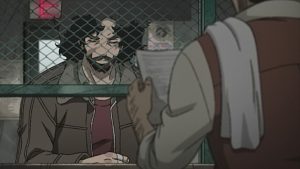 In many respects, Megalo Box is about the most un-anime anime around. Stylistically speaking it’s really out there where the buses don’t run, and it’s written more like a Hollywood film than anything anime-related. If anything I think Nomad has taken this a step further – the series feels more artistic and iconoclastic than ever, right down to the OP and ED. Naturally I’m loving that, though I certainly recognize that it won’t be to everyone’s tastes. I’m frankly shocked it found enough of an audience to get a second series to begin with.
In many respects, Megalo Box is about the most un-anime anime around. Stylistically speaking it’s really out there where the buses don’t run, and it’s written more like a Hollywood film than anything anime-related. If anything I think Nomad has taken this a step further – the series feels more artistic and iconoclastic than ever, right down to the OP and ED. Naturally I’m loving that, though I certainly recognize that it won’t be to everyone’s tastes. I’m frankly shocked it found enough of an audience to get a second series to begin with.
 I grew up in the rust belt, and one thing that really strikes me is how accurately Megalo Box depicts a decayed American urban landscape. In anime these are usually more stylized, looking like movie sets, but here they look like the real thing. I know the setting is vaguely Southwestern, but what I see is the south side of Chicago or most of Detroit – the ghosts of these once powerful urban centers once the manufacturing has left. It matches the themes of the story, which tackles the plight of the urban poor in a largely unstylized and unsentimental way.
I grew up in the rust belt, and one thing that really strikes me is how accurately Megalo Box depicts a decayed American urban landscape. In anime these are usually more stylized, looking like movie sets, but here they look like the real thing. I know the setting is vaguely Southwestern, but what I see is the south side of Chicago or most of Detroit – the ghosts of these once powerful urban centers once the manufacturing has left. It matches the themes of the story, which tackles the plight of the urban poor in a largely unstylized and unsentimental way.
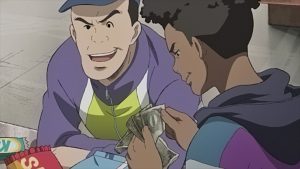 Joe has always been one of these people, apart from what one assumes was a very brief period after his rise to glory. He’s drawn back into their world when a punk kid named Mio (Hino Yumi) hot-wires his bike and takes off. Joe gets a tip that it’s probably been taken to a kind of shanty town in the ruins of an old amusement park outside town, so he follows on foot. Before he can get there Mio has sold Joe’s gear and his mother Marla (Nikray Farahnaz) has stripped it down for parts. I’m not sure why she would have believed Mio acquired the bike by any other means apart from theft, but that’s a suspension of disbelief moment I suppose.
Joe has always been one of these people, apart from what one assumes was a very brief period after his rise to glory. He’s drawn back into their world when a punk kid named Mio (Hino Yumi) hot-wires his bike and takes off. Joe gets a tip that it’s probably been taken to a kind of shanty town in the ruins of an old amusement park outside town, so he follows on foot. Before he can get there Mio has sold Joe’s gear and his mother Marla (Nikray Farahnaz) has stripped it down for parts. I’m not sure why she would have believed Mio acquired the bike by any other means apart from theft, but that’s a suspension of disbelief moment I suppose.
 I never thought I would see a Day of the Dead ceremony recreated in anime, but Nomad is doing a lot of stuff you wouldn’t necessarily see coming. It’s not as though Mexican immigrants are a big topic in Japan, but I’m again impressed with the attention to detail here. This is not some arrogant Japanese affectation at telling an American story – this is thoughtful and committed material. One can’t help but think about how much easier it would be for an anime writer to get away with writing this story than one about Korean immigrant communities in Japan – and while I can’t ascribe motives when I’m not privy to that information, there are some leaps here that are pretty easy to make.
I never thought I would see a Day of the Dead ceremony recreated in anime, but Nomad is doing a lot of stuff you wouldn’t necessarily see coming. It’s not as though Mexican immigrants are a big topic in Japan, but I’m again impressed with the attention to detail here. This is not some arrogant Japanese affectation at telling an American story – this is thoughtful and committed material. One can’t help but think about how much easier it would be for an anime writer to get away with writing this story than one about Korean immigrant communities in Japan – and while I can’t ascribe motives when I’m not privy to that information, there are some leaps here that are pretty easy to make.
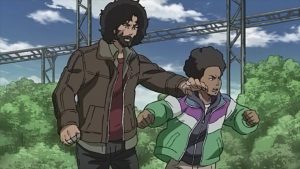 After Joe arrives and confronts Mio about the bike (Marla is pissed) he collapses. Withdrawal has clearly set in, and he ends up in Chief’s trailer (not hard to figure out he was close by). In his half-delirious state he sees Sachio in the doorway, but while one could take that as a sign that he’s died too I still rather suspect that’s not the case. The residents have their own problems, as the land they’re occupying is about to be sold out from under them, resulting in their eviction. Chief has a plan – buy the land himself by winning the upcoming Megalo Box tournament.
After Joe arrives and confronts Mio about the bike (Marla is pissed) he collapses. Withdrawal has clearly set in, and he ends up in Chief’s trailer (not hard to figure out he was close by). In his half-delirious state he sees Sachio in the doorway, but while one could take that as a sign that he’s died too I still rather suspect that’s not the case. The residents have their own problems, as the land they’re occupying is about to be sold out from under them, resulting in their eviction. Chief has a plan – buy the land himself by winning the upcoming Megalo Box tournament.
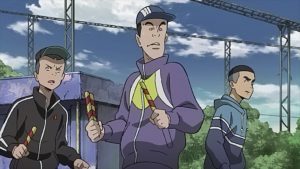 The washed-up prize fighter winding up as a trainer is another one of those Hollywood moments, a classic of the boxing genre, but it fits Joe like a glove. Chief is a smooth talker but his ring cred is largely fiction, so he could certainly use someone with Joe’s experience in his corner. Joe kicking the opiates as quickly as he did is another of those suspension of disbelief moments, but the premise itself has all the earmarks of a classic in the making. “Only do bad deeds for good” seems as good a credo for Joe to live by at this stage of the journey as any, and I can’t wait to see where his road takes him now that he’s decided to settle down for a while.
The washed-up prize fighter winding up as a trainer is another one of those Hollywood moments, a classic of the boxing genre, but it fits Joe like a glove. Chief is a smooth talker but his ring cred is largely fiction, so he could certainly use someone with Joe’s experience in his corner. Joe kicking the opiates as quickly as he did is another of those suspension of disbelief moments, but the premise itself has all the earmarks of a classic in the making. “Only do bad deeds for good” seems as good a credo for Joe to live by at this stage of the journey as any, and I can’t wait to see where his road takes him now that he’s decided to settle down for a while.


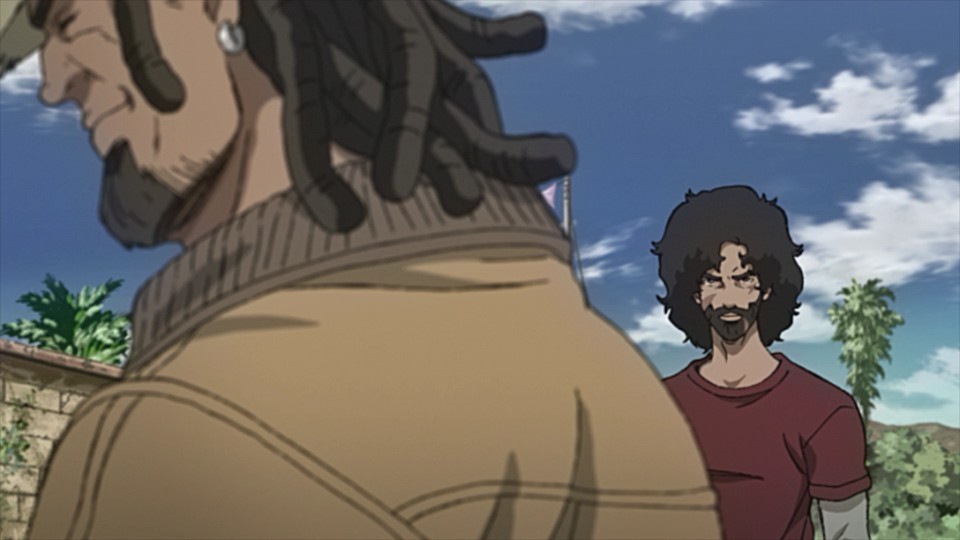
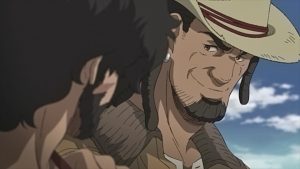
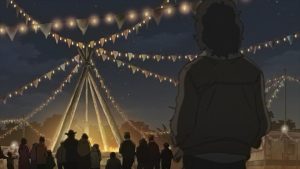
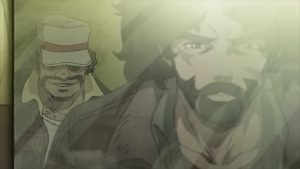
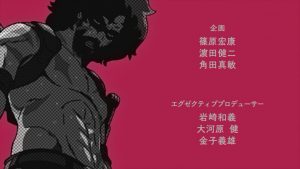
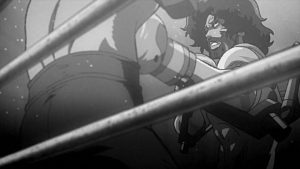
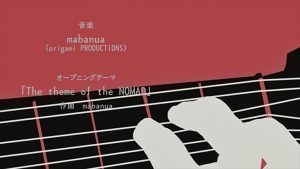
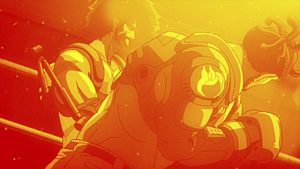
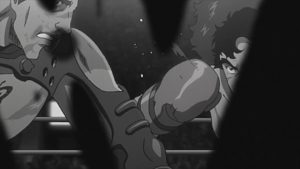
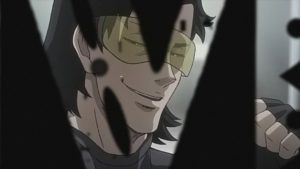
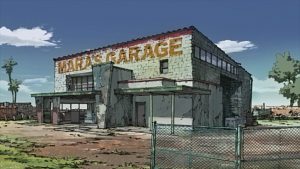
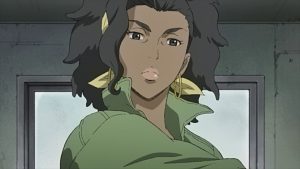

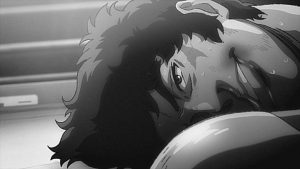
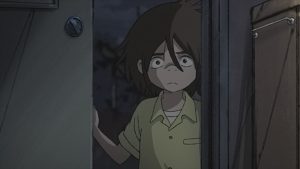
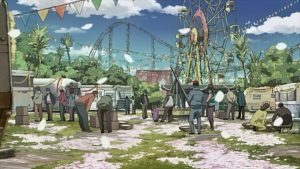
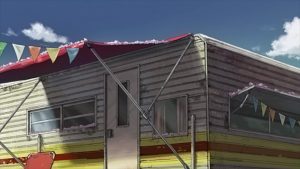
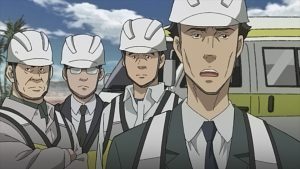

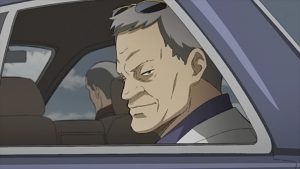
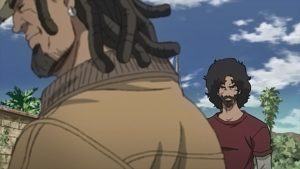
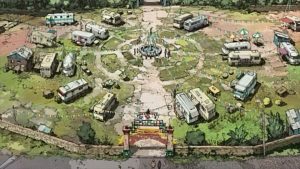
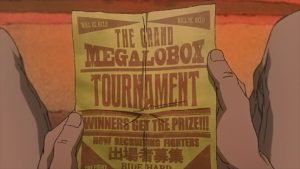

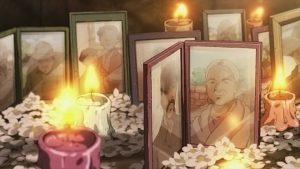
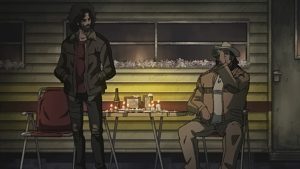
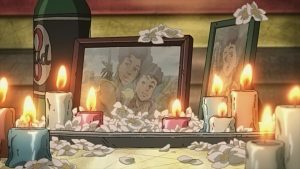
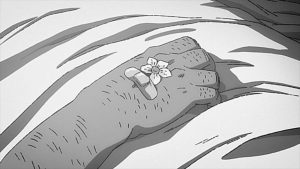
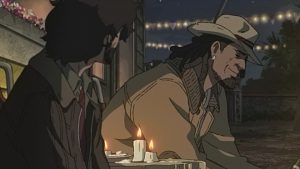
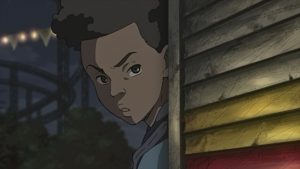
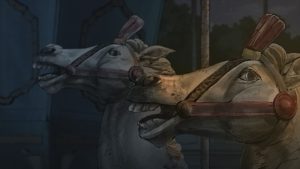

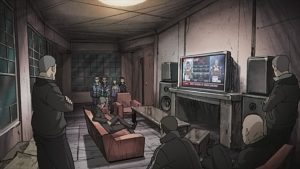
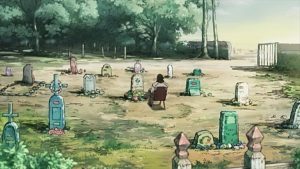
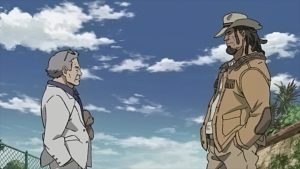
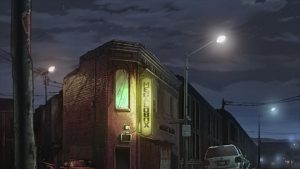
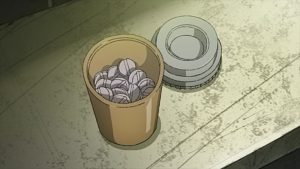
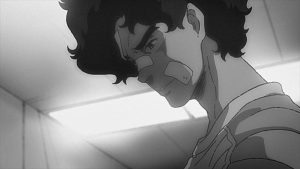
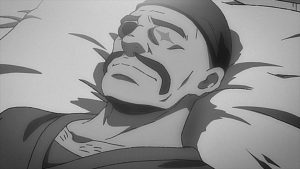
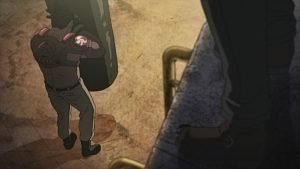
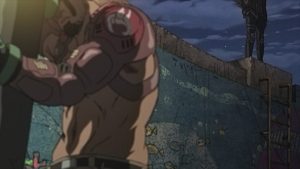
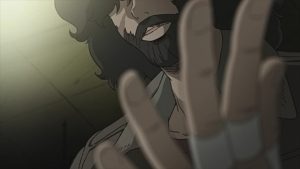
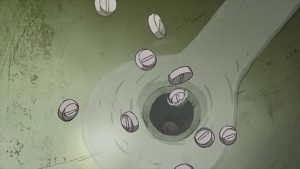
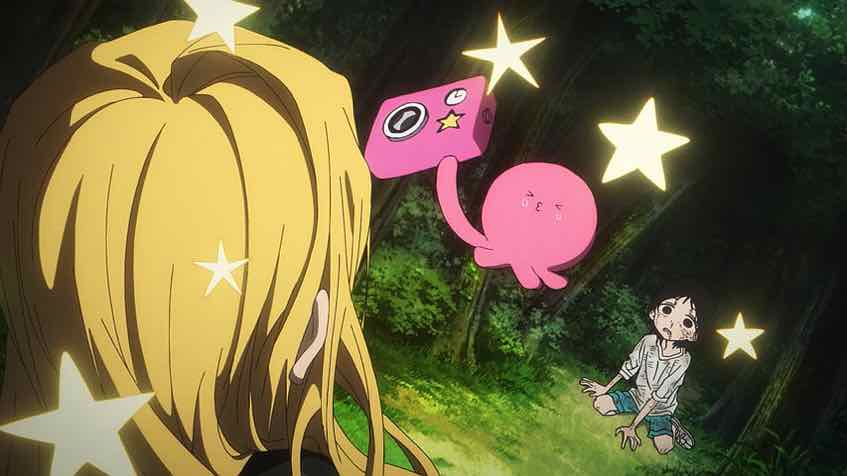

Raikou
April 13, 2021 at 8:42 amYeah, watching this doesn’t feel like your usual anime. It’s still going well onto two episodes.
Maybe I’m being forgetful, but does it mentioned where’s the setting in this anime? Kind of American but there’s some Yakuza-looking guy and the demolition people look Japanese..
Guardian Enzo
April 13, 2021 at 10:35 amThe money is Japanese too. But the overall setting seems very American to me. Landscape looks Southwest, but the human element (buildings, culture) plays as Rust Belt to me.